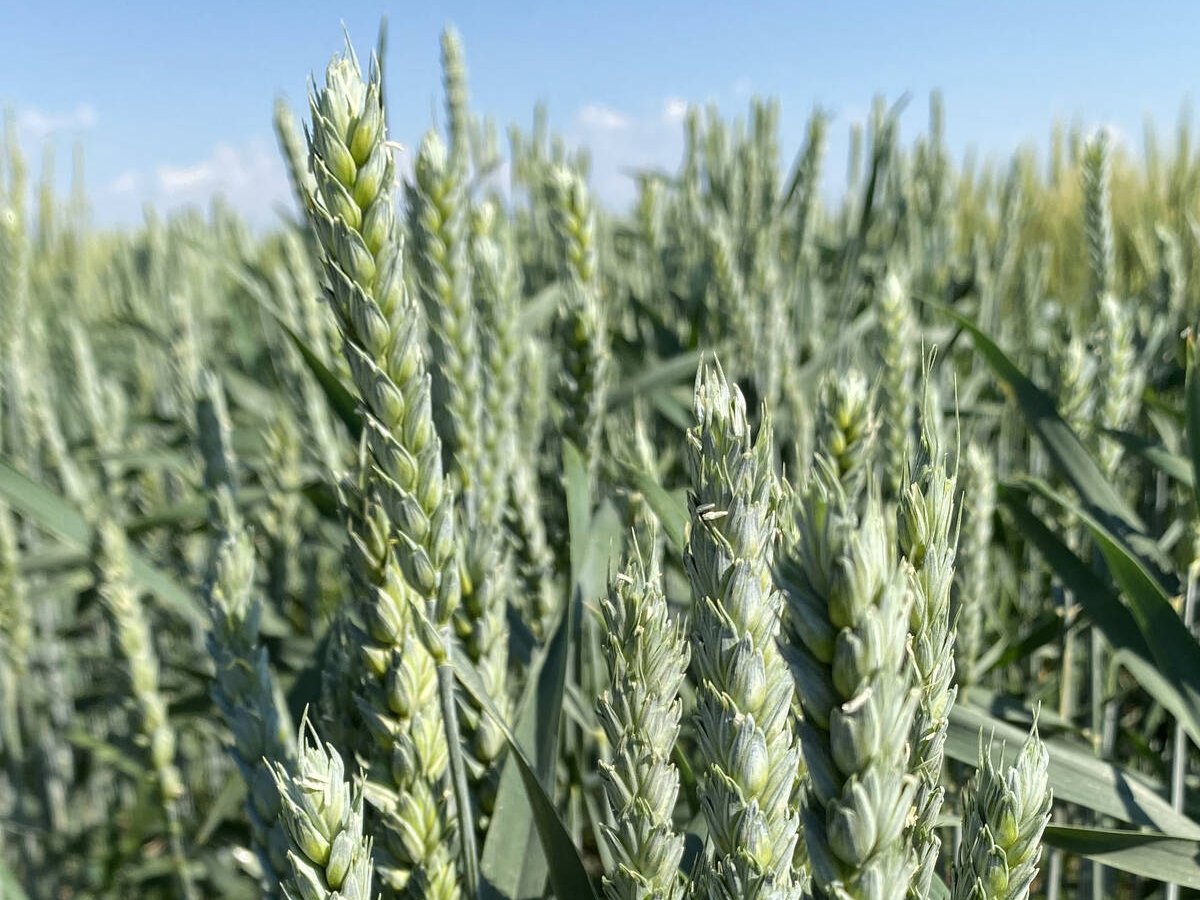In the United States, spraying dicamba on soybeans is a hotly debated issue. Many weed scientists and a percentage of farmers are worried about off-target damage when the herbicide converts to a gas and drifts. Others say the issue is overblown and has received more press coverage than it deserves.
Meanwhile in Manitoba, a province with more than two million acres of soybeans, dicamba is basically a non-issue.
That’s because only 130,000 acres of soybeans with tolerance to glyphosate and dicamba were seeded in Manitoba this spring.
Read Also

Discovery promises big wheat yield gain
University of Maryland researchers have discovered a gene that produces three grains per wheat floret instead of the usual one.
Plus, growers with dicamba-tolerant beans are probably not using the herbicide.
“I know of certain retailers that are selling Xtend beans, just in case (growers) need that extra mode of action,” said Tammy Jones, Manitoba Agriculture weed specialist.
“But they (growers) are not spraying if they don’t have to…. If they don’t have a weed control issue that requires dicamba, they’re simply going with glyphosate.”
It may be a lesser concern in Manitoba and Saskatchewan, but soybean growers shouldn’t ignore what’s happening in the U.S. It’s likely that acres of Xtend beans will increase in Manitoba, and more producers may soon rely on dicamba to control troublesome weeds.
That’s why Jones hosted a session on dicamba at the Manitoba Crop Diagnostic School in mid-July in Carman.
There are new formulations of dicamba that are less volatile than older versions of the chemistry. However, those formulations are not foolproof, Jones said.
“Low (volatility) doesn’t mean no (volatility),” she said.
“If you’ve got a quarter section of beans or you’ve got a full section, that still leaves a lot of chemical that can volatilize and drift into a neighbour’s field.”
Because of such concerns, Minnesota and North Dakota now have restrictions on when dicamba can be applied to soybeans.
- In North Dakota, no spraying after June 30 or after first bloom, and no application at temperatures higher than 30 C.
- In Minnesota, no spraying after June 20 and at temperatures above 30 C.
Manitoba doesn’t have similar rules.
“I personally haven’t heard of any talk like that (temperature or calendar date cut-offs),” she said.
“(But) I think there are some important lessons that can be learned from what we’re seeing in the U.S.”















